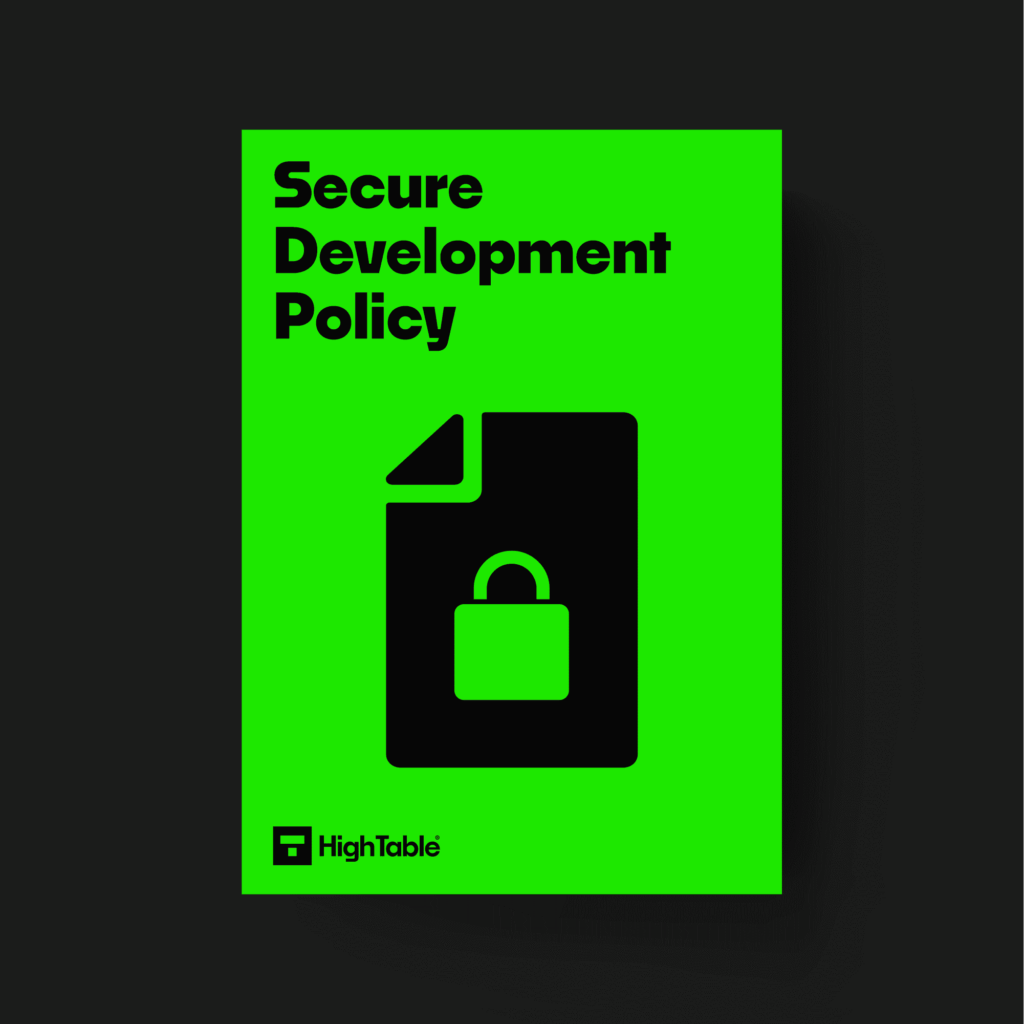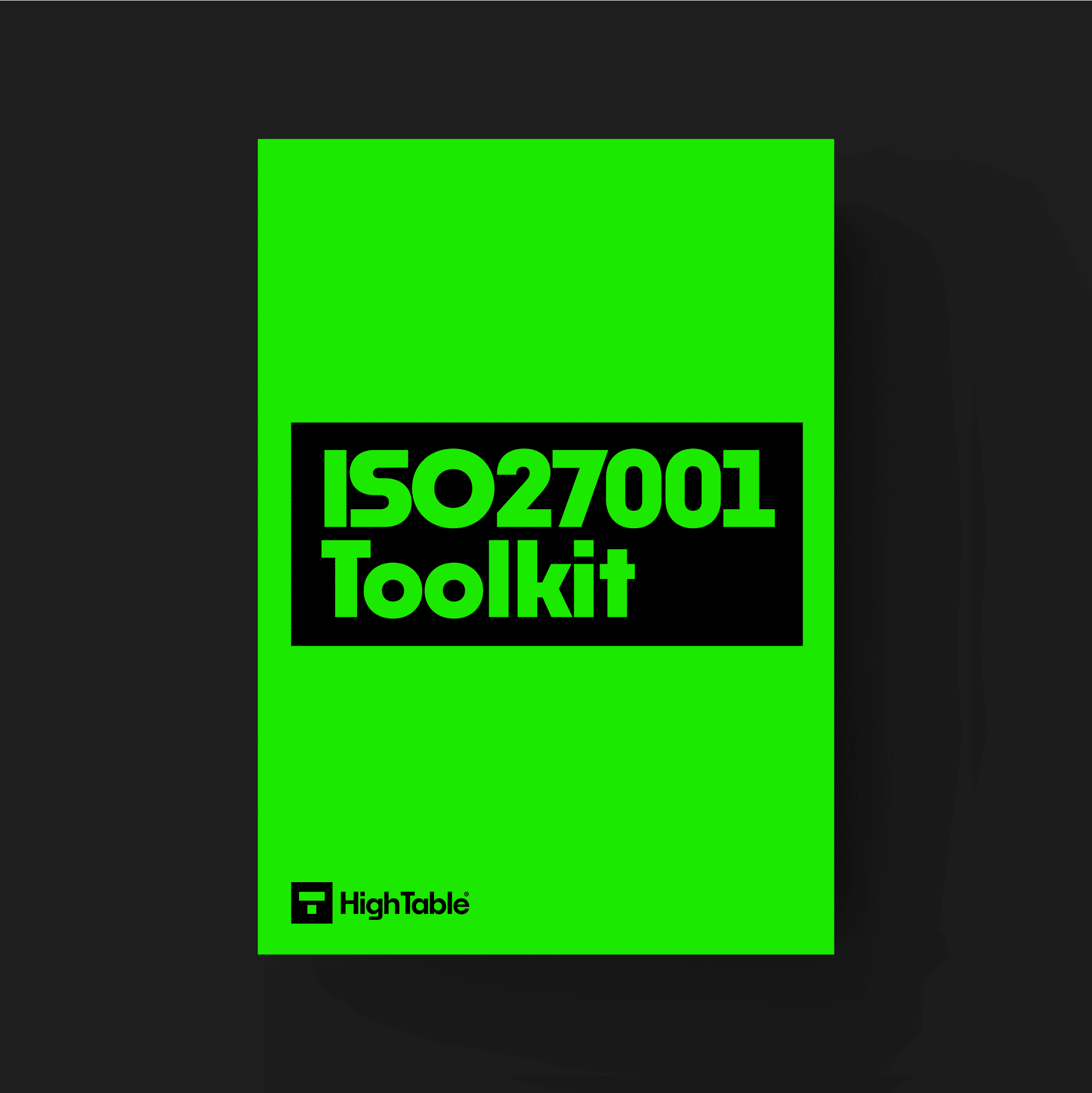ISO 27001 Secure Systems Architecture and Engineering Principles
ISO 27001 Annex A 8.27 is about Secure Systems Architecture and Engineering Principles which means you need documented principles that are applied and maintained for systems developments.
Table of contents
What is ISO 27001 Annex A 8.27?
ISO 27001 Annex A 8.27 Secure Systems Architecture and Engineering Principles is an ISO 27001 control that requires an organisation to design security into all architecture layers in the development lifecycle. You may hear the term – ‘security by design and default’.
ISO 27001 Annex A 8.27 Purpose
ISO 27001 Annex A 8.27 is a preventive control to ensure information systems are securely designed, implemented and operated within the development life cycle.
ISO 27001 Annex A 8.27 Definition
ISO 27001 defines ISO 27001 Annex A 8.27 as:
Principles for engineering secure systems should be established, documented, maintained and applied to any information system development activities.
ISO27001:2022 Annex A 8.27 Secure Systems Architecture and Engineering Principles
How to implement ISO 27001 Annex A 8.27
Whilst I am a software engineering degree educated and time served professional, I am not in the business of telling you how to develop either systems or software. These are professions in their own right. Time has moved on. What I am going to do is show you want the ISO 27001 standard expects in the implementation for you to achieve ISO 27001 certification. These are on the whole, no brainers, common sense and what you would expect but let us take a look anyway.
Security Engineering Principles
You are going to establish, document and apply information security principles and activities. This will be designed into all architecture layers such as the business, data, application, network and technology layers.
It will include:
- Security Controls – the full range of controls required to protect against identified threats
- Security Events – the capability of controls to protect from, respond to and detect security events
- Business Process Specifics – controls required by particular business controls such as digital signature, encryption or integrity checking
- Application – where the controls are applied
- Integration – how the controls work together
Considerations
The principles will take account of the need to integrate with a security architecture, technical architecture, capability of the organisation, costs, time, complexity and current good practices when agreeing the principles.
Techniques
Secure system engineering techniques include
- Security architecture principles such as – least privilege, security by default, security by design, defence in depth
- Design reviews focussed on security
- Documentation of controls
- Documentation of controls that do not meet requirements
- System Hardening
- Tamper resistance
- Segregation
- Secure Virtualisation
Zero Trust
Zero Trust as a principle is something you will consider and demonstrate and examples are
- Not relying only on network perimeter security
- Using the phrase ‘never trust always verify’ for access to information
- Encrypting information end to end
- Not trusting anything inside or outside a network and treating it as if it came from an open and external network
- Using least privilege for access control
- Authenticating and validating requests for information systems, always, based on authentication information, user identities, data classification.
- Enforcing strong / multi factor authentication
Third party developers
This control applies in equal measure to third party developers and should be enforced via contract or legally binding agreements and alignment between the third party and the outsourced developer should be in place.
Reviews
Reviews should be in place to ensure controls and principles are appropriate and effective.
Secure Development Policy
If you are developing software then the first step is to create, or download, your secure development policy. The secure development policy set’s out what you do for information security in the context of software and systems development. It does not set out how you do it, as how you do it is covered in your processes.
The ISO 27001 Template is the quickest way to do this but you can also take a look and write it yourself.

For more detail on software development read –ISO 27001 Annex A 8.25 Secure Development Life Cycle We cover it in more detail in that guide.
Conclusion
This control is very specific to those that do development and is a very technical control. You will require the input of specialist technical resources across multiple, relevant domains. The advice is to document everything.
ISO 27001 Annex A 8.27 FAQ
ISO 27001 Annex A 8.27 is the information security control requirement of the ISO 27001 standard for ISO 27001 certification. ISO 27002 Control 8.27 is the implementation guidance for the control.
Yes, Secure Systems Architecture and Engineering Principles s a required information security control for ISO 27001 certification, if you develop systems.
Related ISO 27001 Controls
ISO 27001 Annex A 8.29 Security Testing in Development and Acceptance
ISO 27001 Annex A 8.30 Outsourced Development
Further Reading
ISO 27001 Secure Systems Architecture and Engineering Principles Explained
Business Continuity Plan Template
ISO 27001 Annex A 8.27 Control and Attributes Table
| Control type | Information security properties | Cybersecurity concepts | Operational capabilities | Security domains |
|---|---|---|---|---|
| Preventive | Confidentiality | Protect | Application Security | Protection |
| Integrity | System and Network Security | |||
| Availability |
About the author
Stuart Barker is a veteran practitioner with over 30 years of experience in systems security and risk management.
Holding an MSc in Software and Systems Security, Stuart combines academic rigor with extensive operational experience. His background includes over a decade leading Data Governance for General Electric (GE) across Europe, as well as founding and exiting a successful cyber security consultancy.
As a qualified ISO 27001 Lead Auditor and Lead Implementer, Stuart possesses distinct insight into the specific evidence standards required by certification bodies. He has successfully guided hundreds of organizations – from high-growth technology startups to enterprise financial institutions – through the audit lifecycle.
His toolkits represents the distillation of that field experience into a standardised framework. They move beyond theoretical compliance, providing a pragmatic, auditor-verified methodology designed to satisfy ISO/IEC 27001:2022 while minimising operational friction.


